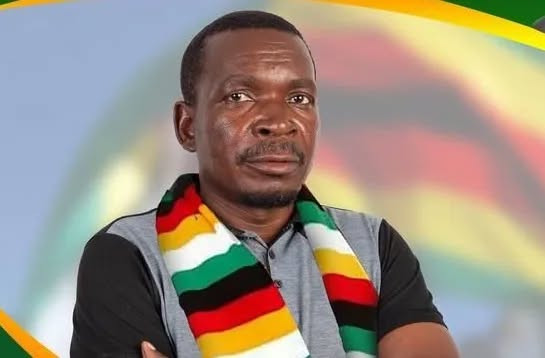
By Raymond Millagre Langa
ART is a powerful tool for information dissemination on different issues, be it social, economic, religious, political, gender, and even the environment.
The artist also needs to operate in a clean and well-sustained environment. It is therefore imperative for musicians, and other artists to communicate messages on climate change effects and how to keep our environment sustainable.
There are a lot of issues for artists to communicate about the environment we live in. For instance, the emergence of globalisation and industrialisation has led to urbanisation, which has also resulted in overcrowding.
This culminates in detrimental environmental impacts such as water pollution, sewerage running into people’s houses thus threatening them with waterborne diseases such as cholera, and incessant littering with electronic and organic waste.
These factors have led to the fast rising change in the climatic patterns with the increasing global warming now becoming a threat.
The artist, therefore, has a very important role to play in the promotion of environmental awareness, and also climate change issues, especially within the information age that we are living in where one can use modern forms of communication such as social media, which can reach out to a multitude of masses within a second.
When I say artist, I mean musicians, sculptors, poets, authors, visual artists, designers, and many others that use art to communicate messages.
- Chamisa under fire over US$120K donation
- Mavhunga puts DeMbare into Chibuku quarterfinals
- Pension funds bet on Cabora Bassa oilfields
- Councils defy govt fire tender directive
Keep Reading
Societies today need to be educated on issues that relate to environmental sustenance where the voice of the artist is accentuated. This is important because urban areas have been affected by poor waste management mechanisms which have led to the increase in environmental degradation and also increasing the susceptibility of the community to diseases such as cholera and dysentery.
Poor waste management systems have an impact on the environmental health which remains an issue of note, especially in times when the globe is facing the threat of the Covid-19 pandemic which can only be combated by constantly keeping a clean environment and excessive hand washing.
It is saddening to note that face-masks to protect people from Covid-19 are littered all over due to ineffective waste management systems.
The artist of today therefore must be able to compose songs that speak on anti-littering, design outfits that speak on preservation of the environment, or come up with sculptors that speak on environmental preservation within the Covid-19 era, and so on.
The role of the artist manifests in how they play the part of the edutainer on environmental justice, and to also make the communities aware of the importance of issues that orient to environmental health.
What is of importance is that organisations that have a focus on environmental justice must partner with artists to educate the public about issues of climate change and preservation of the environment.
It is pivotal to include the artist because art has the power to reach out to a larger and wider audience. Artists are also influencers and public figures, and they have attractive ways of disseminating information on issues of environmental justice.
Artists can be edutainers on issues of anti-littering, to stop the excessive cutting down of trees, air pollution, water pollution, sustainable mining, and other issues to avoid desertification, siltation of our rivers and environmental degradation.
Understanding the changes that relate to climate is also one of the very crucial dynamics that will also help in the reduction of veld fires that can be harmful to the environment.
Art can thus be a tool that grassroots’ communities, especially those in the rural areas can use to spread the message of environmental sustenance and creating sustainable green futures.
The rural communities also need art synergies as they are usually starved of the information that relates to environmental and climate justice.
Empowering the rural communities thus enhances the sustainability of the environment which will help in balancing up the carbon footprint in the ozone layer.
In as much, the artist and stakeholders involved in issues of environmental justice can also learn from the rural communities who have a vast expanse of indigenous knowledge that may relate to environmental sustenance and climate justice.
What is important is for the artists to be aware of the need to engage seriously in issues that relate to environmental and climate justice.
This is so because the voice of the artist remains a powerful tool of advocating for good stewardship of the environment which can be heard by all with the inclusion of stakeholders such as the government and other civic groups.
- Raymond Millagre Langa is a musician, orator, writer and the founder of Indebo Edutainment Trust
- Follow Millagre Ray Langa on Facebook #Millagre Ray L, e-mail [email protected]. You can reach out to Indebo Edutainment Trust on Facebook, Instagram and Twitter [email protected]










